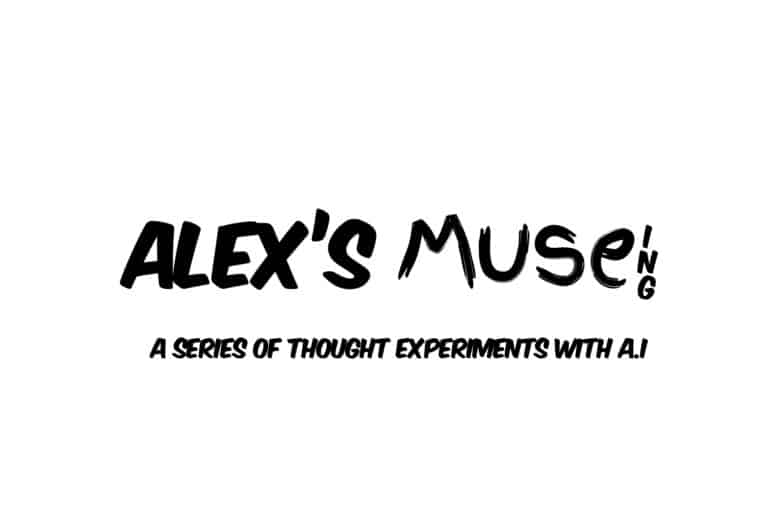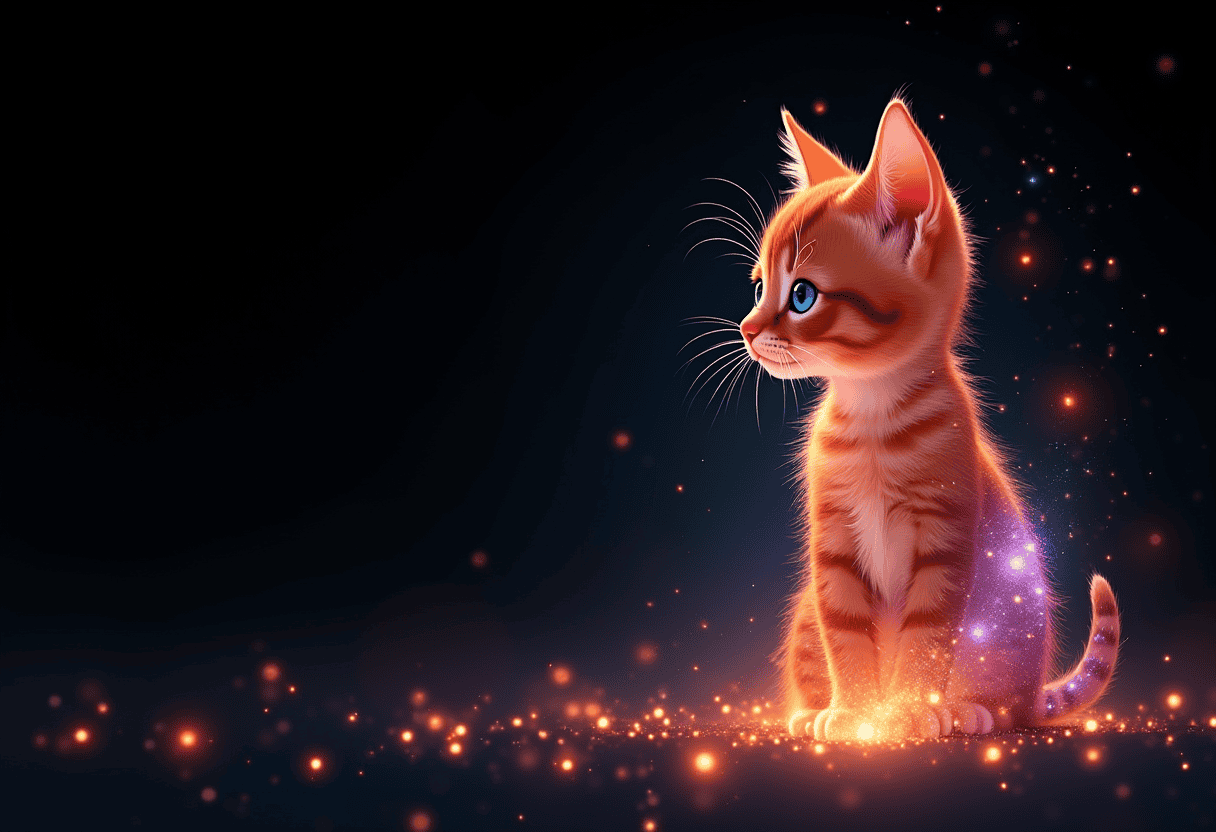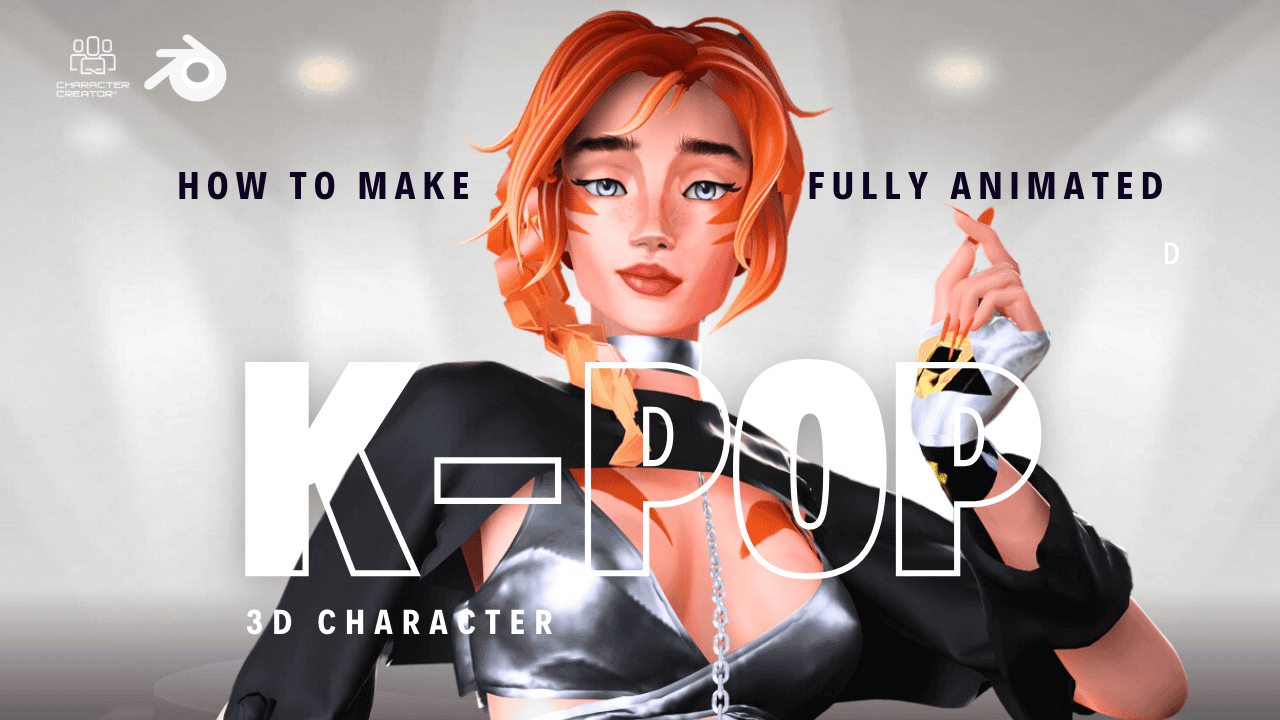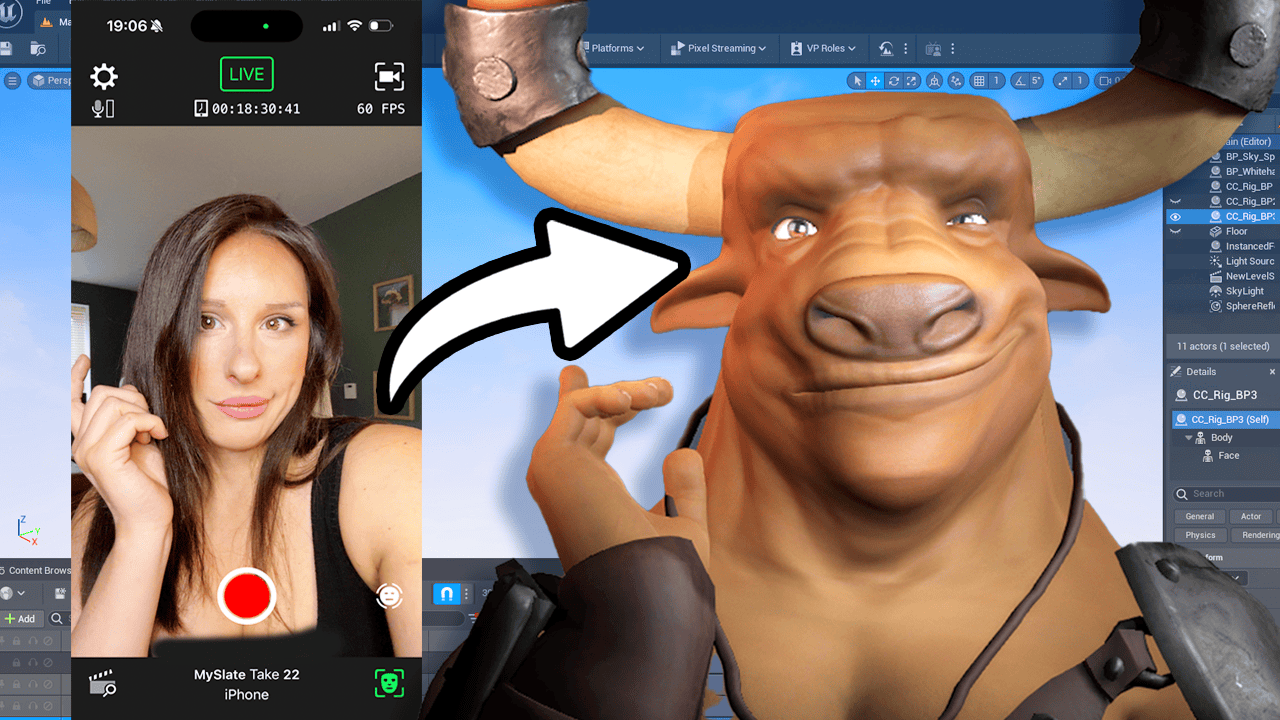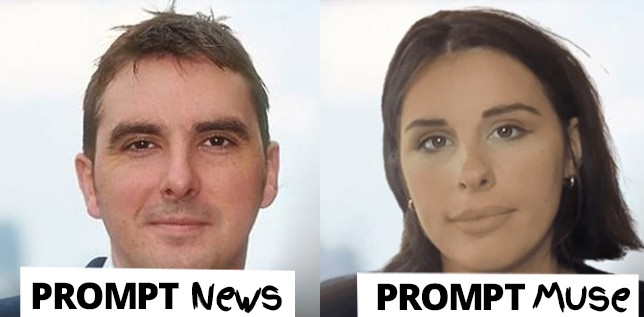Imagine an alternate history where humans never developed spoken language, and instead communicate solely through dance. Write a news article describing how this society functions
In this alternate history, the world has evolved into a society where communication is done entirely through dance. This unique way of communication has become the norm, and people have developed a complex set of gestures and movements that allow them to express themselves in a way that is both beautiful and functional.
In this society, dance is no longer just an art form, but a crucial part of daily life. From morning routines to work meetings, dance is the primary means of communication. People learn to express themselves through a wide range of movements, from intricate hand gestures to fluid, sweeping motions.
The societal structure is built around dance, and the level of proficiency in it is seen as a measure of a person’s intelligence and worth. Dance schools are considered as important as traditional schools, and children learn to dance at an early age.
This society has also developed a unique form of technology that aids in communication through dance. Specialized suits and accessories are used to enhance the movements of the dancers, making it easier to express complex thoughts and ideas.
Dance competitions are a popular pastime, with individuals and groups showcasing their skills in front of large audiences. These competitions are seen as a way to express oneself and share one’s thoughts with the community.
This alternate history also has its own set of challenges. For instance, it can be difficult to communicate with people who have different styles of dance or who have physical limitations. However, this society has found creative solutions to these problems, such as developing a universal set of gestures that can be understood by all.
Overall, this society functions seamlessly without spoken language, and dance has become a beautiful and vital part of everyday life. As this society continues to evolve, it will be interesting to see how the language of dance continues to develop and adapt to new challenges.
